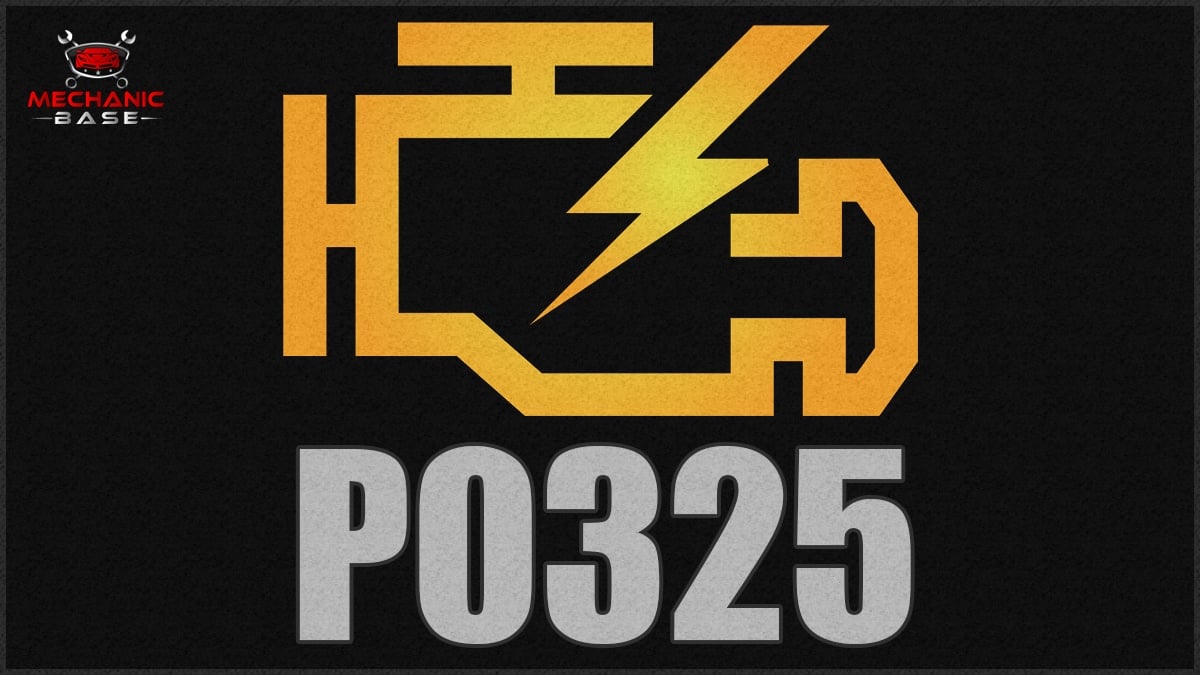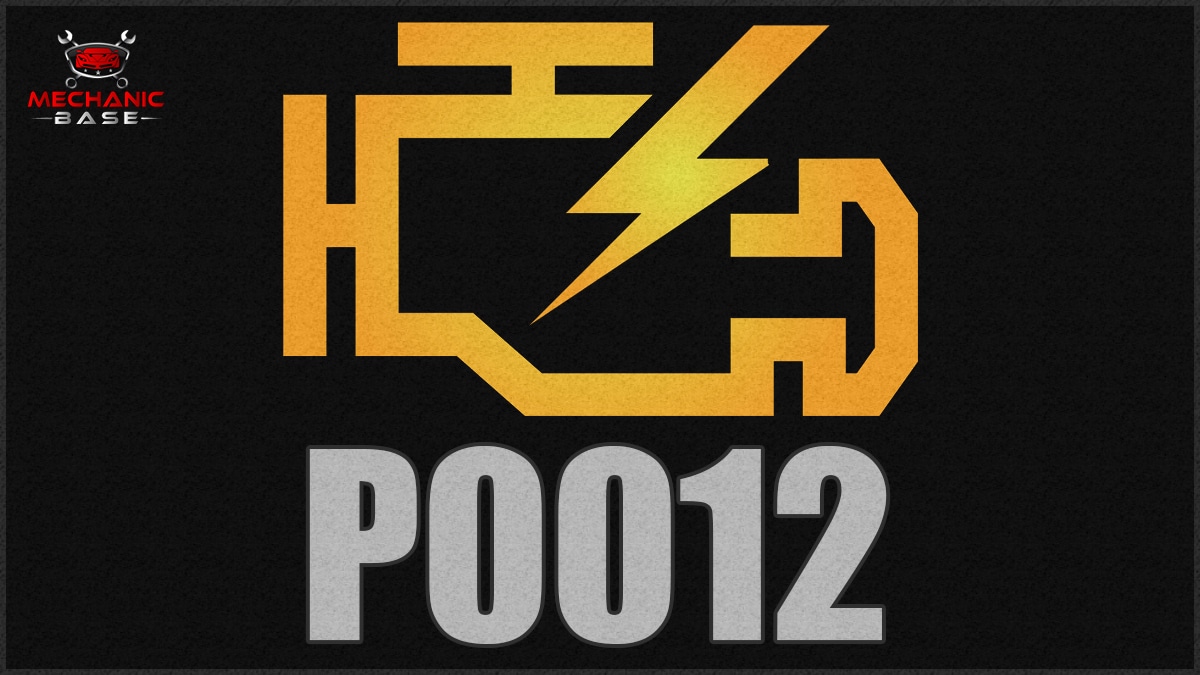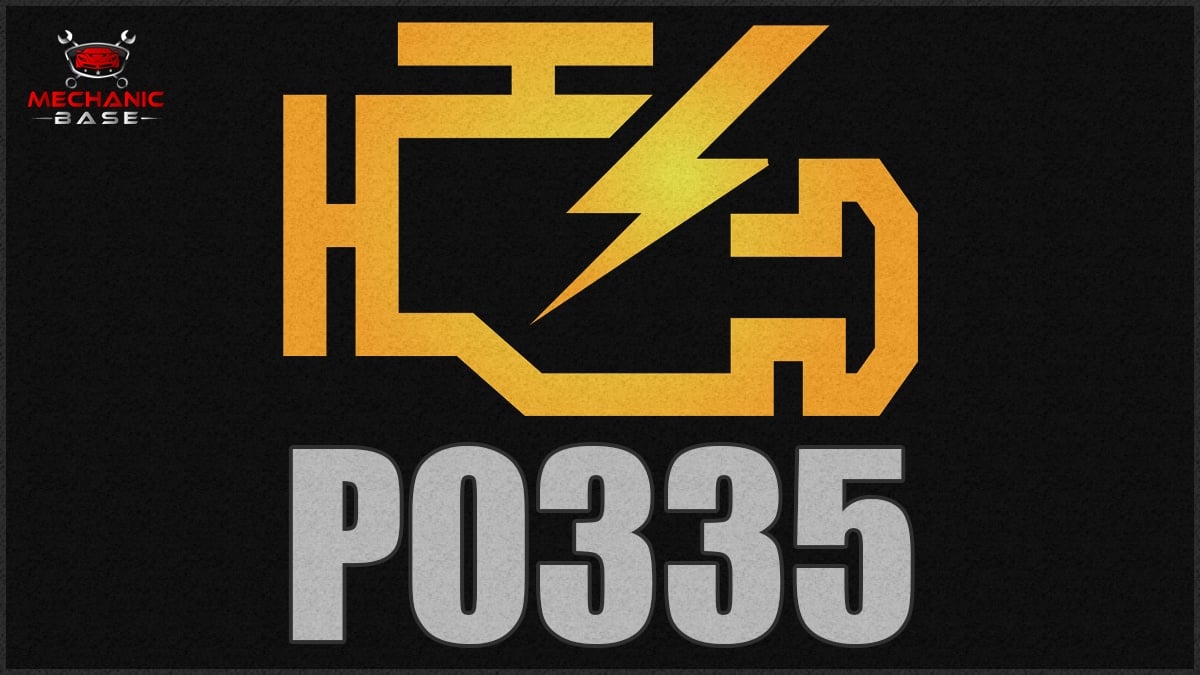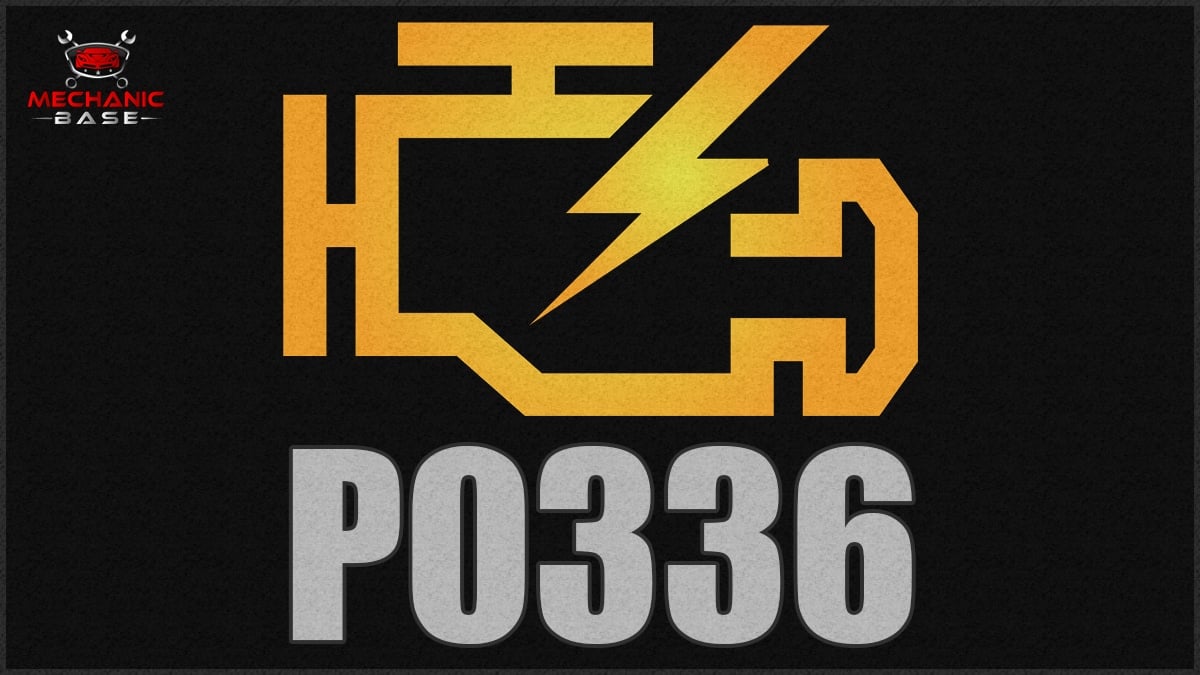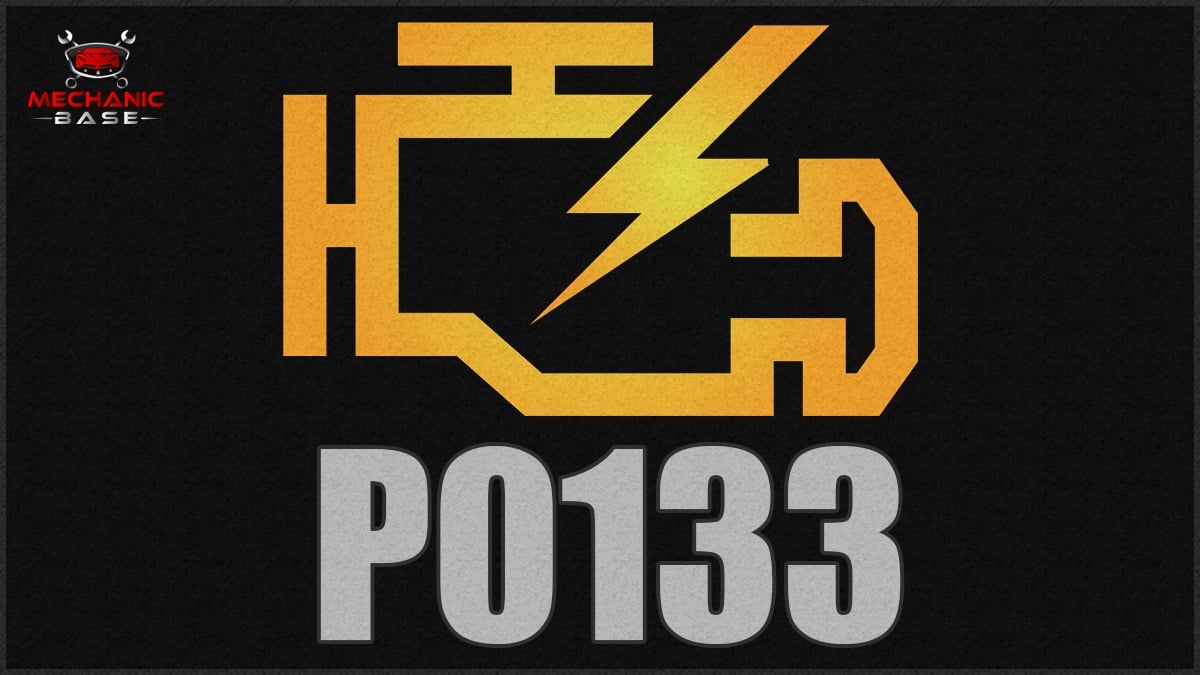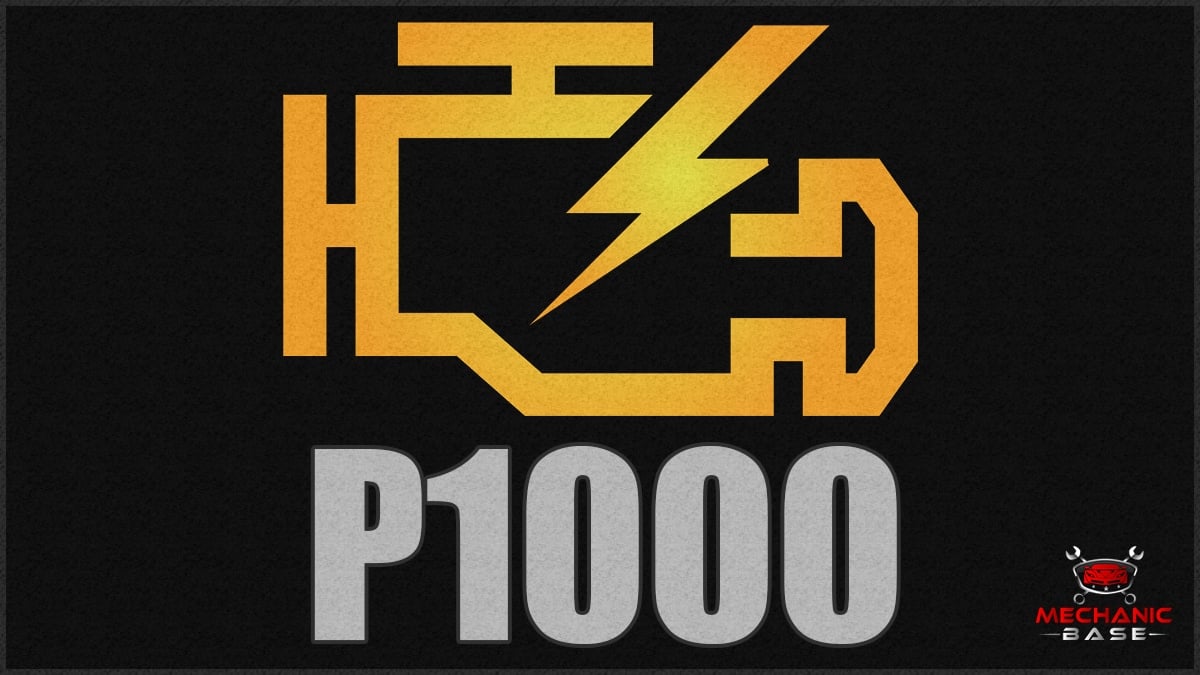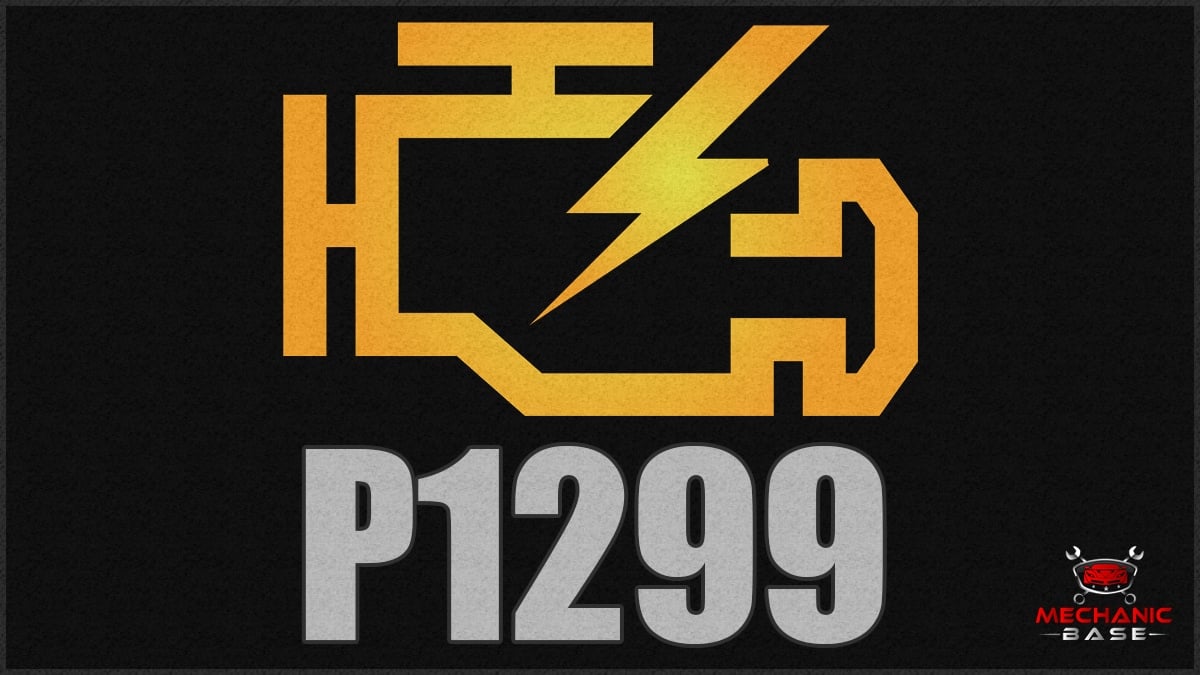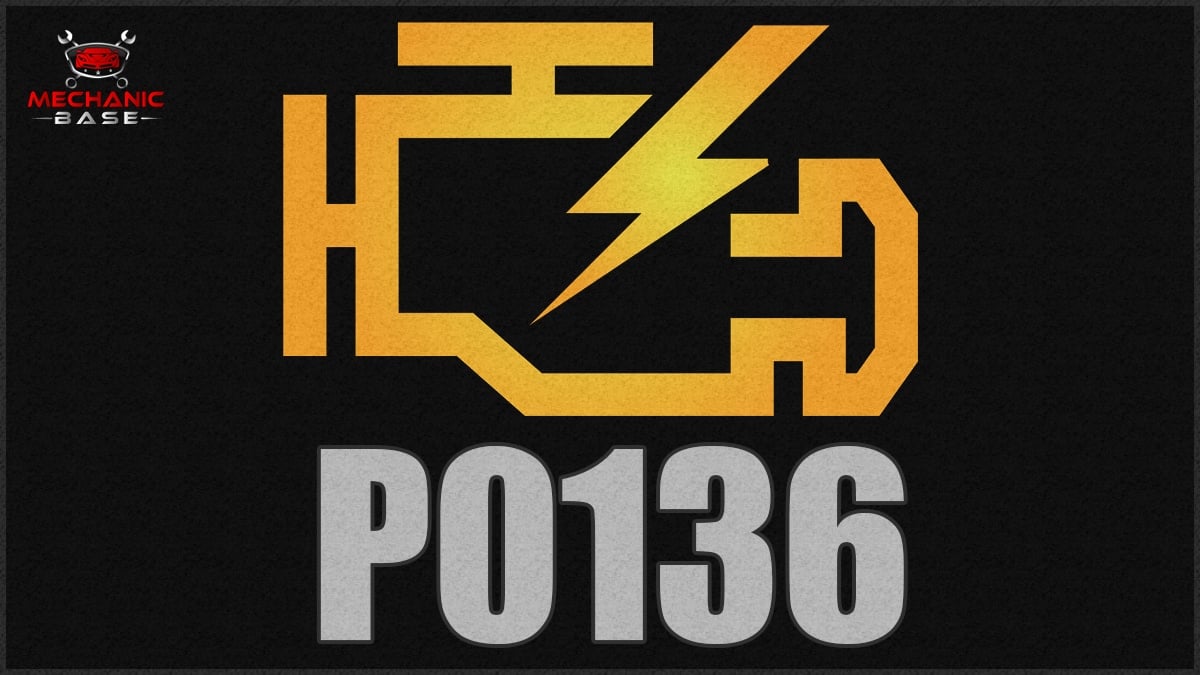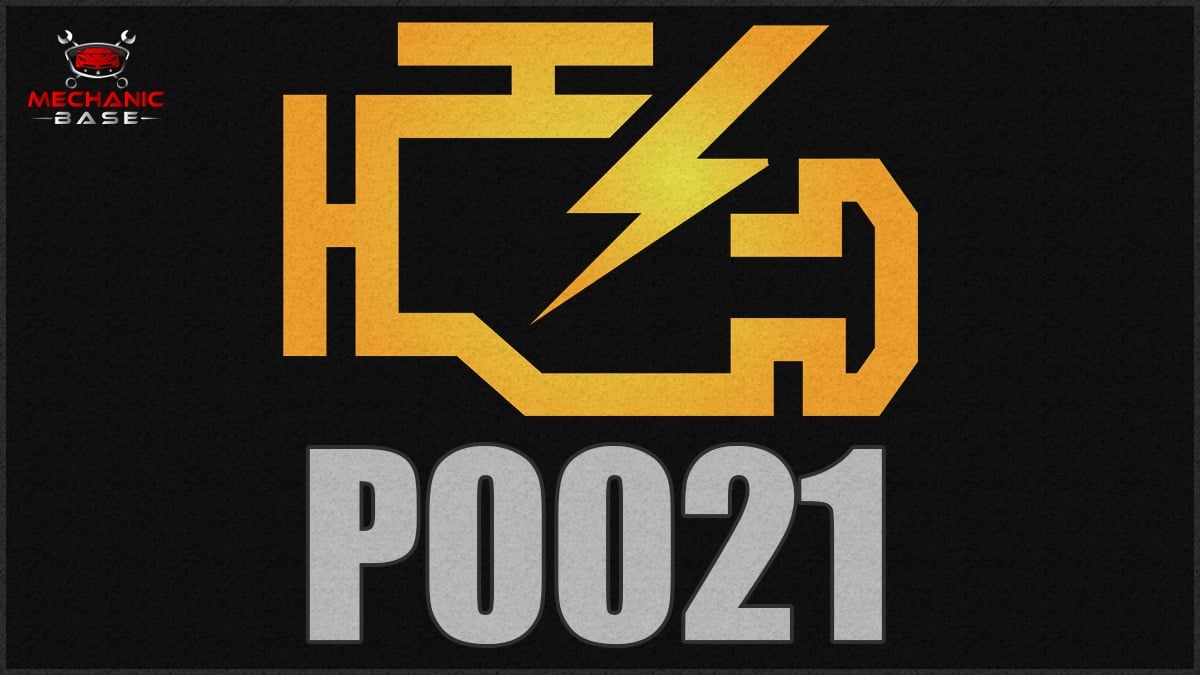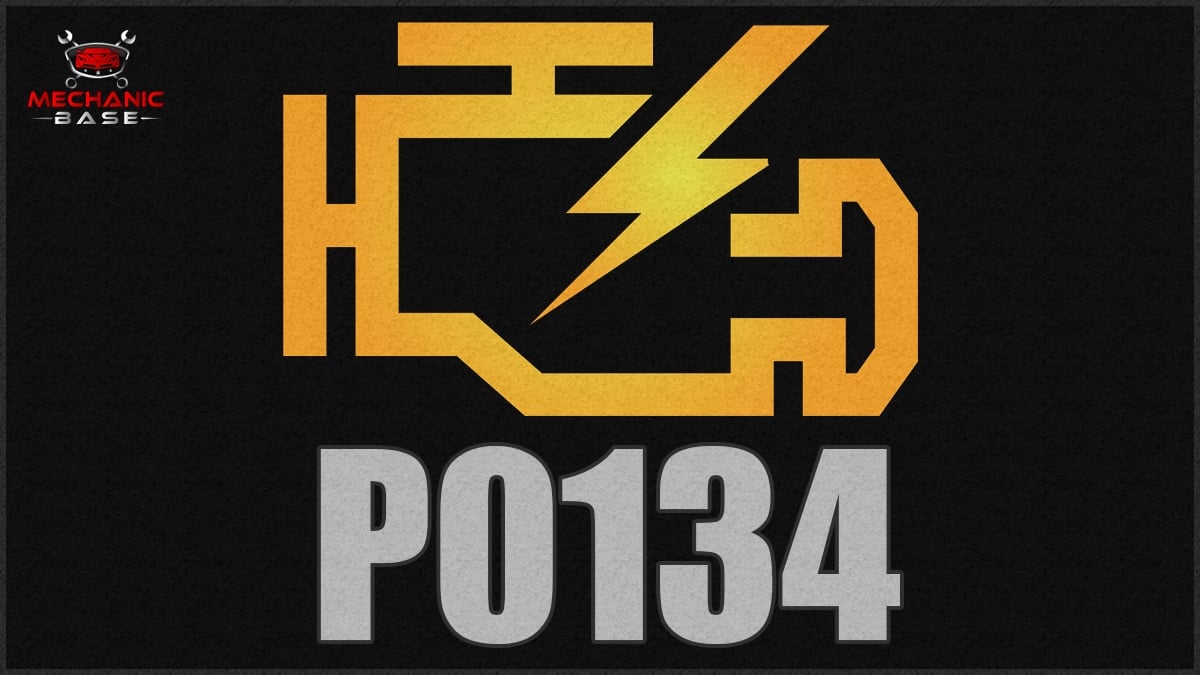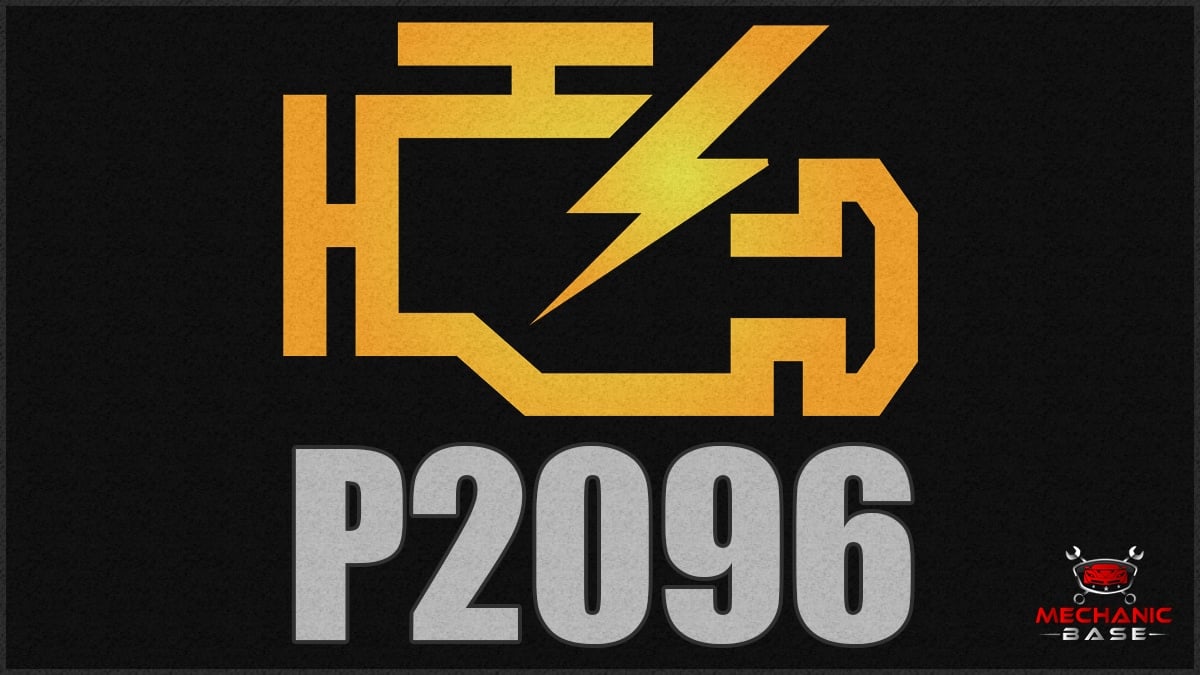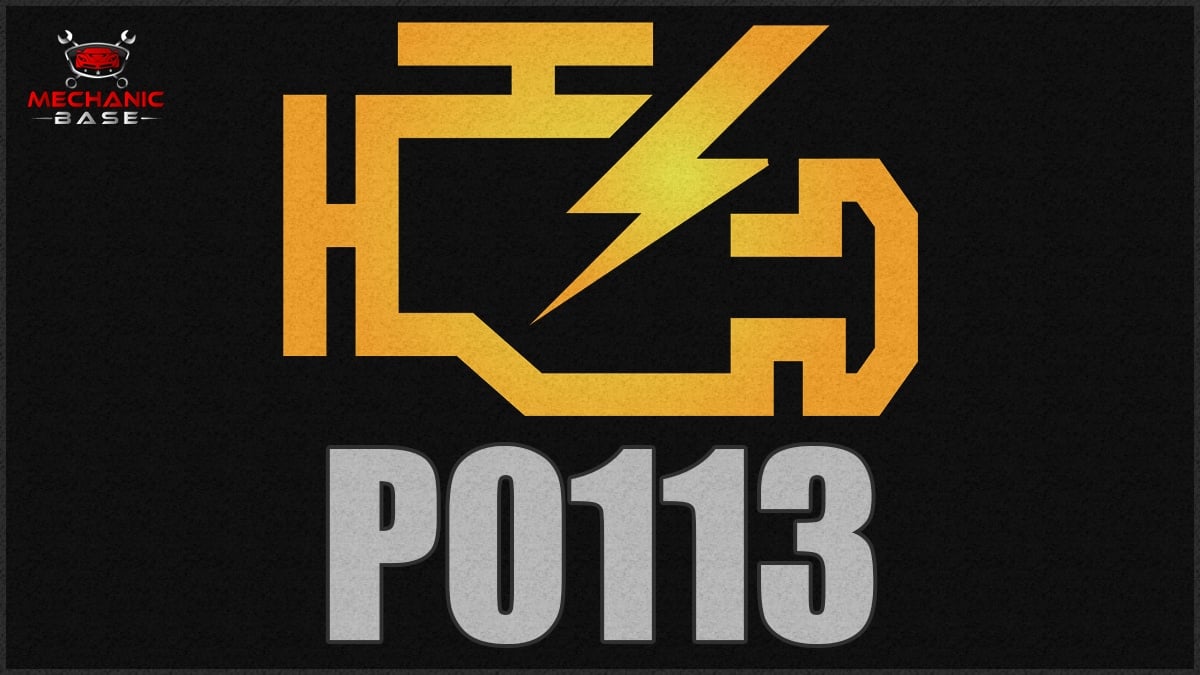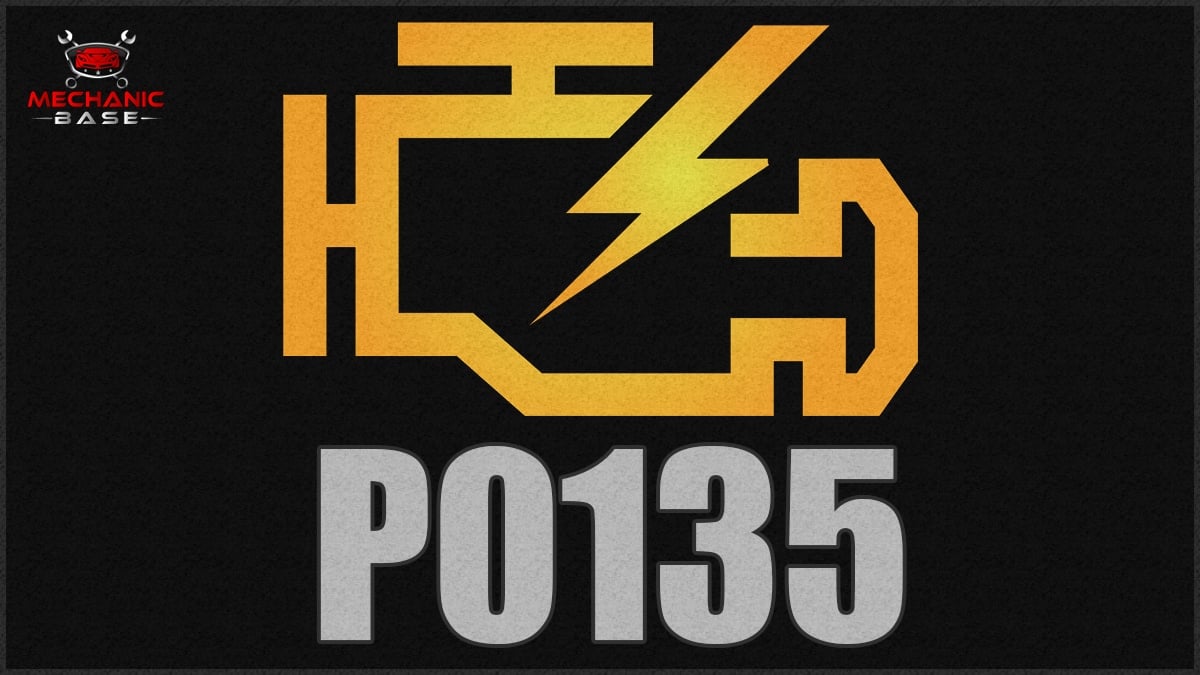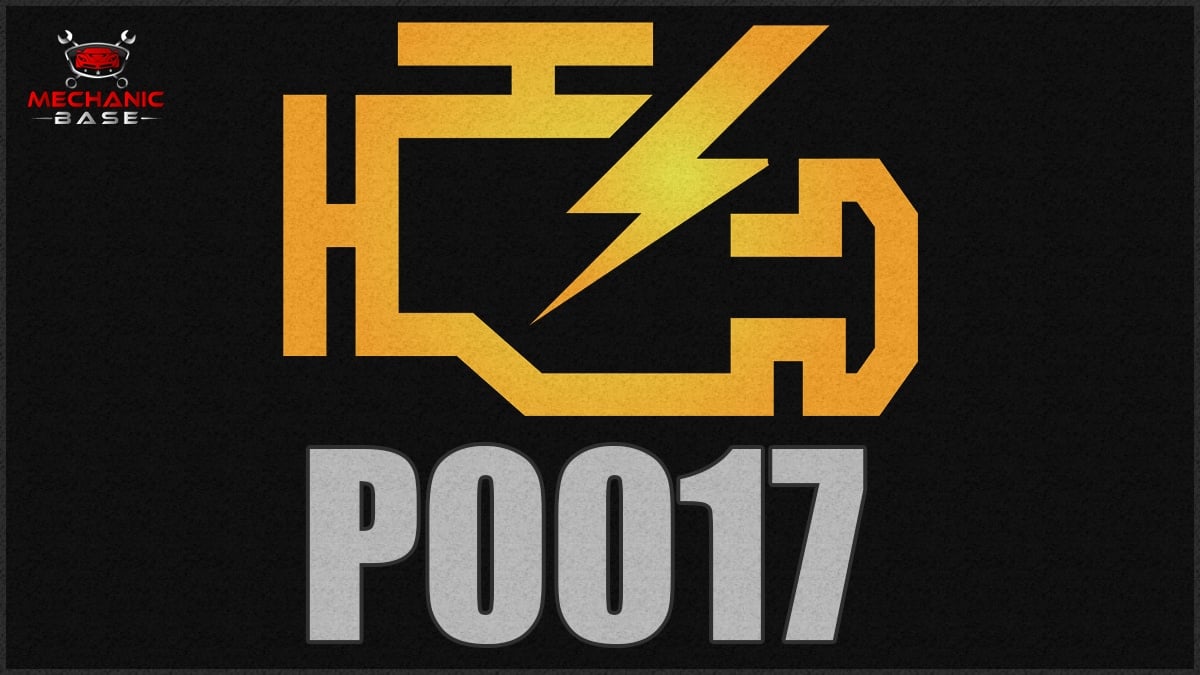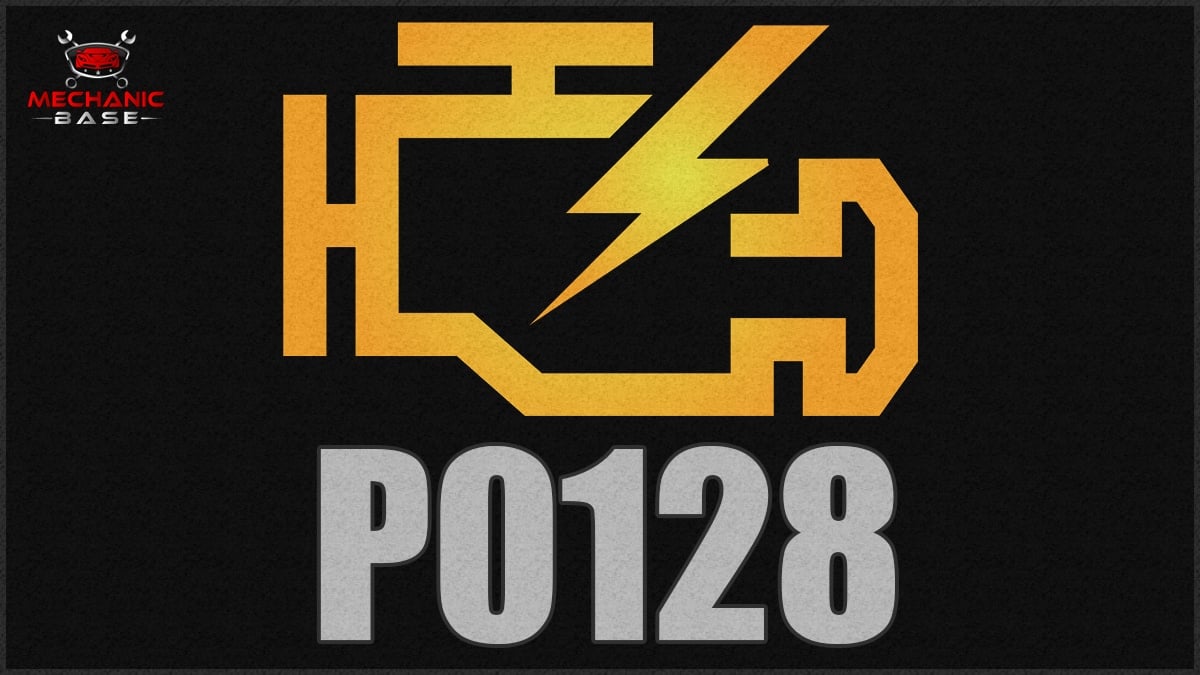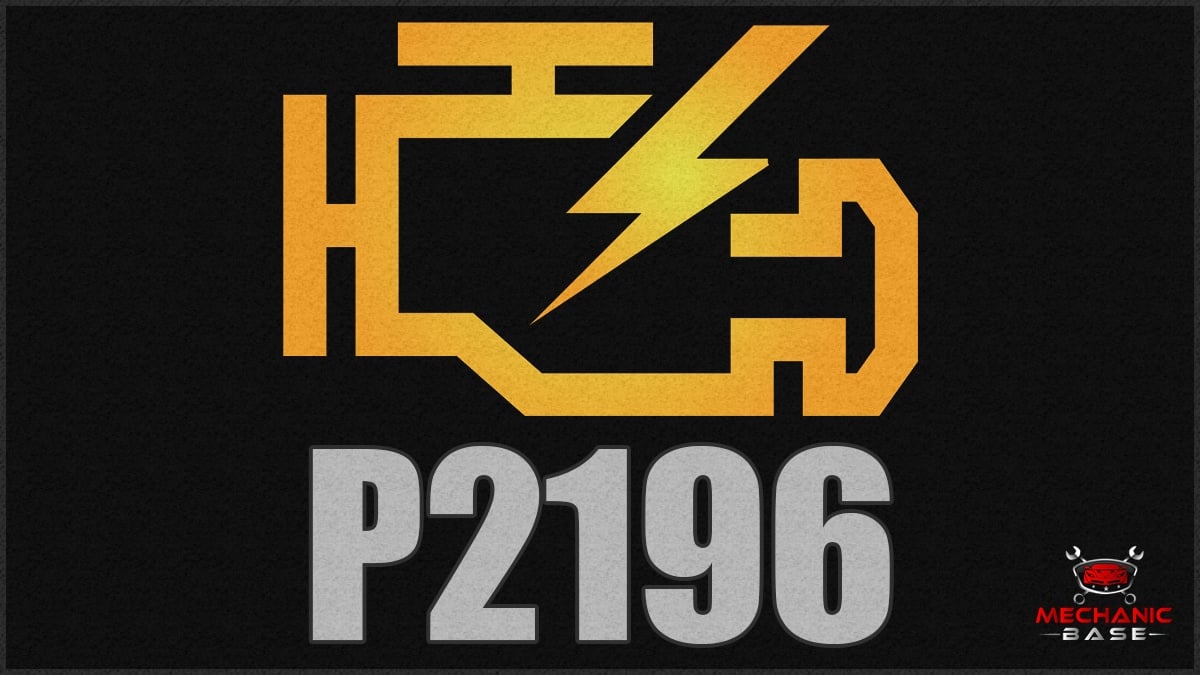The P0325 code can be set in the computer when there’s something wrong with the knock sensor. While this trouble code can be alarming, it’s not often a big deal to work out. You won’t need to run straight to the mechanic, although you still want to take it seriously.
In this guide, we cover the meaning of the P0325 trouble code. We also look at the P0325 symptoms, causes and fixes so you can get back on the road. When you reach the end of this article, you will find answers to questions you’ve been pondering.
Code P0325 Definition
P0325 – Knock Sensor Circuit Malfunction (Sensor 1, Bank 1)
What Does the P0325 Code Mean?
The P0325 DTC is a generic powertrain fault that indicates a malfunction with the knock sensor circuit (sensor 1 on bank 1). The Powertrain Control Module (PCM) recognizes a problem with the circuit or knock sensor and sets the code. This sensor is found on the side of the engine with cylinder #1.
The car’s knock sensor is responsible for determining if one of the cylinders is vibrating abnormally, otherwise known as knocking. This knocking sound comes from combustion issues, when the air-fuel mixture doesn’t explode as it should.
However, if the knock sensor is detecting problems when there are none, the computer may respond in a way that changes the ignition timing or fuel delivery. Knock sensors are typically found bolted or threaded into the engine block. Most cars have either one or two knock sensors.
READ MORE: Bank 1 vs Bank 2 – Sensor 1 & 2 (Locate O2 Sensors)
What Are The Symptoms of P0325?
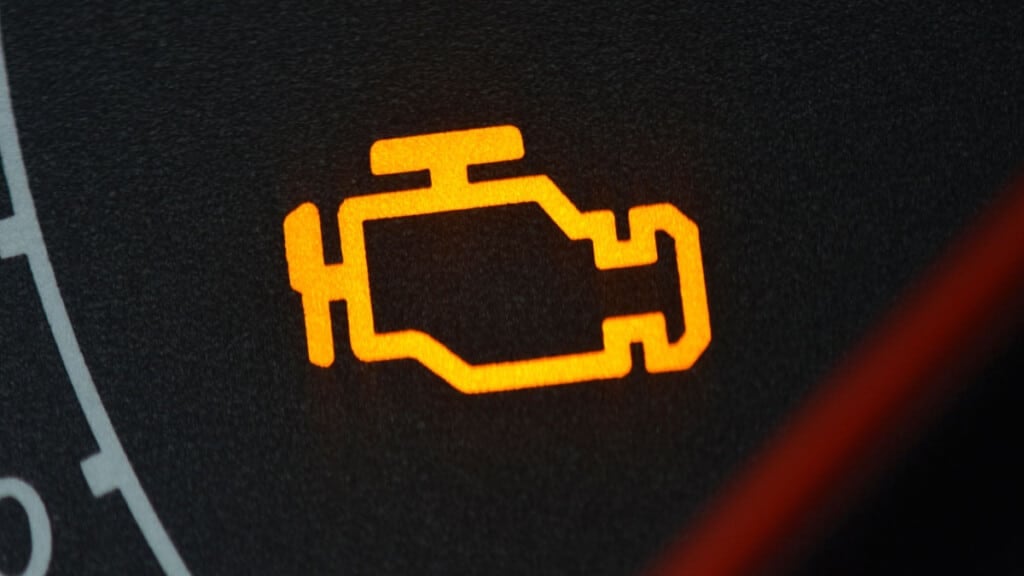
It’s guaranteed that the P0325 code will cause the Check Engine Light to come on. Beyond that, the symptoms you experience may vary, depending on the situation. Here are some of the most common P0325 DTC symptoms.
- Check Engine Light
- Reduced fuel economy
- Delayed acceleration
- Knocking or pinging noise
What Are The Causes of P0325?
This code is directly related to the knock sensor, which is the top cause of the fault. However, there are other possible causes, which is why we always recommend walking through the diagnostic steps before making a decision.
- Bad knock sensor
- Damaged wiring or connection
- Failing PCM – less likely
How Serious is the P0325 Code?
Low – This trouble code isn’t serious enough to stop driving and get to the mechanic. You can continue driving in most situations without worrying about serious consequences. In some cases, you may notice some drivability issues that cause you to have it fixed sooner.
The other issue is that with the Check Engine Light on, you won’t know if another fault or malfunction is occurring. You want to repair the issue so the light turns off.
How Do I Fix the P0325 Code?

The only way to fix the P0325 code is to first figure out what’s wrong. By going through our diagnostic steps below, you should get a handle on what needs to be fixed. Here are a few of the most common repairs we see as professional mechanics.
- Replace knock sensor
- Repair/replace damaged wiring or connection
- Update/replace PCM
Common P0325 Diagnosis Mistakes
It seems that the repair is clear-cut with the P0325 code. Because it deals directly with the knock sensor, you may jump right into replacing it, but that could be a mistake. Without verifying the issue, you could replace a good knock sensor and the Check Engine Light would remain on.
After all, the problem could easily be within the wiring or connectors. At that point, you would waste your money and time on an unnecessary fix.
How to Diagnose the P0325 Trouble Code
You don’t need to be a professional mechanic to figure out what’s causing the P0325 DTC. Here are some steps we follow. Keep in mind that you should never attempt diagnostics or repairs that are contrary to what’s listed in your factory service manual.
- Check all of the engine codes. There could be other DTCs set that may help you determine what’s going on. Use our online trouble code library to learn more.
- Use the live data feature of the scanner. Measure the knock sensor voltage to ensure it matches up with what’s set in the service manual.
- Visually inspect the wiring and connections of the knock sensor. If you didn’t get a signal in the last step, it’s important to verify that the connection is secure. If there are damaged or corroded wires, you want to repair or replace them first.
- If no damage is seen, replace the knock sensor and its harness.
- Reset the codes and test drive the vehicle to ensure the Check Engine Light stays off.
If you can’t get the problem resolved or you are struggling with these steps, talk to a local mechanic. When the PCM needs to be updated or replaced, this is a job only for mechanics. However, PCM issues normally show up in multiple ways.
How Much Does It Cost To Fix Code P0325?
Our diagnostic steps should have helped you find the best repair for the problem. After you figure out what’s wrong, you want to budget for the repair. We list a few estimates for you based on the need for labor and parts. However, prices vary based on the type of car you drive and local mechanic labor rates in your region.
- Replace knock sensor: $250 to $450
- Repair/replace damaged wiring or connection: $50 to $550
- Update/replace PCM: $250 to $2,500
If you can repair these yourself, you may have much lower costs since you’ll only need to pay for the parts.
A Mechanic’s Tips About The P0325 Code
Our biggest tip is to make sure you have an advanced code scanner. There are plenty of cheap scanners on the market, but many of these aren’t worth the cost. Spend a little more to get one that’s recommended by mechanics, especially if you want to avoid taking a trip to the local repair shop. You should also choose one with a live data stream, allowing you to see clearer into the problem.
Aside from the P0325 code, there are some others that are related to the engine knock sensors. Here are some you may see.
- P0324 – Knock Control System Error
- P0326 – Knock Sensor Range/Performance (Bank 1 or Single Sensor)
- P0327 – Knock Sensor 1 Circuit Low Input (Bank 1 or Single Sensor)
- P0328 – Knock Sensor 1 Circuit High Input (Bank 1 or Single Sensor)
- P0329 – Knock Sensor Circuit Intermittent (Bank 1)
- P0330 – Knock Sensor 2 Circuit Malfunction (Bank 2)
- P0331 – Knock Sensor 2 Circuit Range/Performance (Bank 2)
- P0332 – Knock Sensor 2 Circuit Low (Bank 2)
- P0333 – Knock Sensor 2 Circuit High Bank 2
- P0334 – Knock Sensor 2 Circuit Intermittent (Bank 2)
Is code P0325 serious?
Not usually. The trouble code shouldn’t prevent you from driving a short distance until you can get it repaired. There shouldn’t be major drivability issues, but you should still get it resolved as soon as possible to ensure proper motor operation and to get rid of the Check Engine Light
Can I drive with a P0325 code?
Yes, you should still be able to drive the vehicle while the P0325 code is set. However, if there are any performance issues, you want to have it looked at as soon as possible. Either way, it’s wise to fix any faults when you can to get the Check Engine Light off of the dashboard.
How serious is a knock sensor code?
When a knock sensor code is set (such as P0325), it’s not normally anything critical. The knock sensor monitors the motor to ensure no knocking and vibration is occurring that could lead to damage. With the sensor malfunctioning, this operation isn’t being monitored, so you want to have it repaired as soon as you can.
What are the symptoms of a bad knock sensor?
When a knock sensor goes bad, you will get a Check Engine Light. There could also be some performance issues, such as delayed acceleration and a knocking or pinging noise. When the engine operation isn’t optimized, you may also notice reduced fuel economy ratings, costing you more at the pump.
The P0325 code may cause some alarm, but it’s not normally a big deal. Instead, this code is telling you that there’s something either wrong with the knock sensor or the wiring to the sensor. In rare cases, there could be a fault with the PCM, but this doesn’t happen often, and when it does, there are generally other symptoms.
If you have some mechanical expertise and tools, you can probably diagnose and repair the issue on your own. Otherwise, you want to contact your local mechanic for more support. When dealing with something as serious as your engine, it’s best not to take any chances.
Categories: OBD Codes
